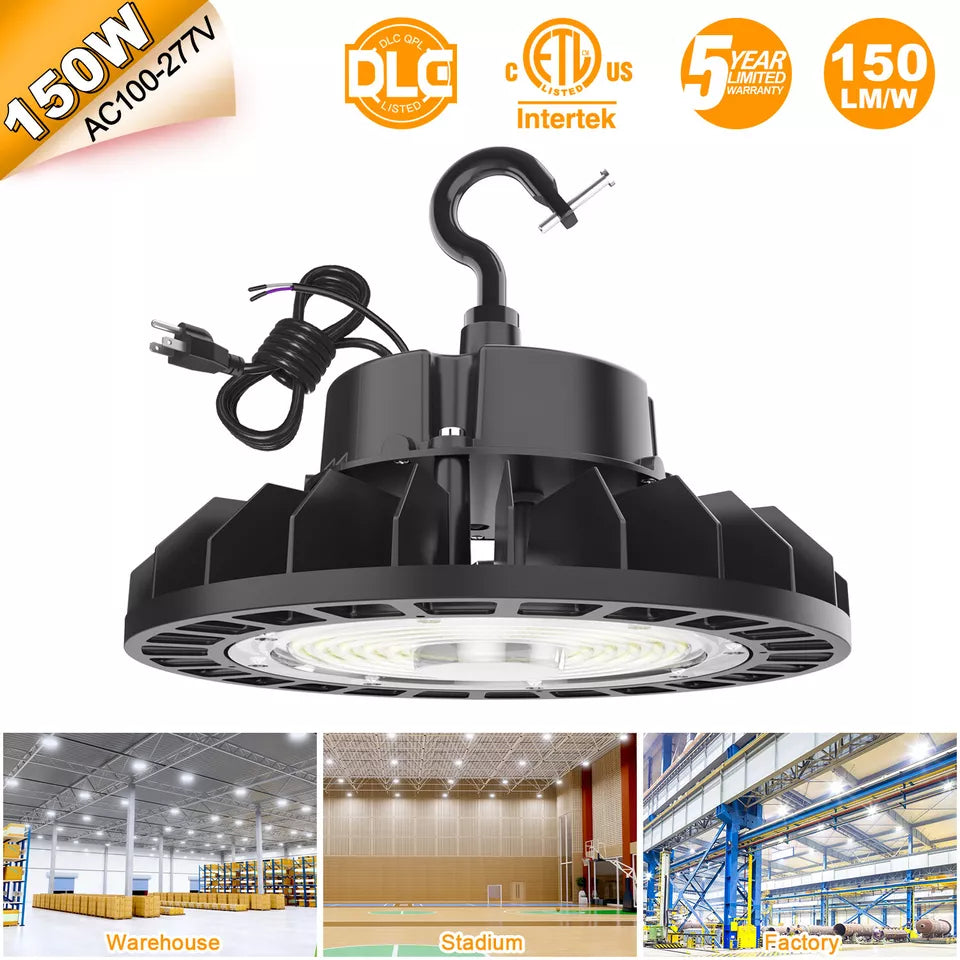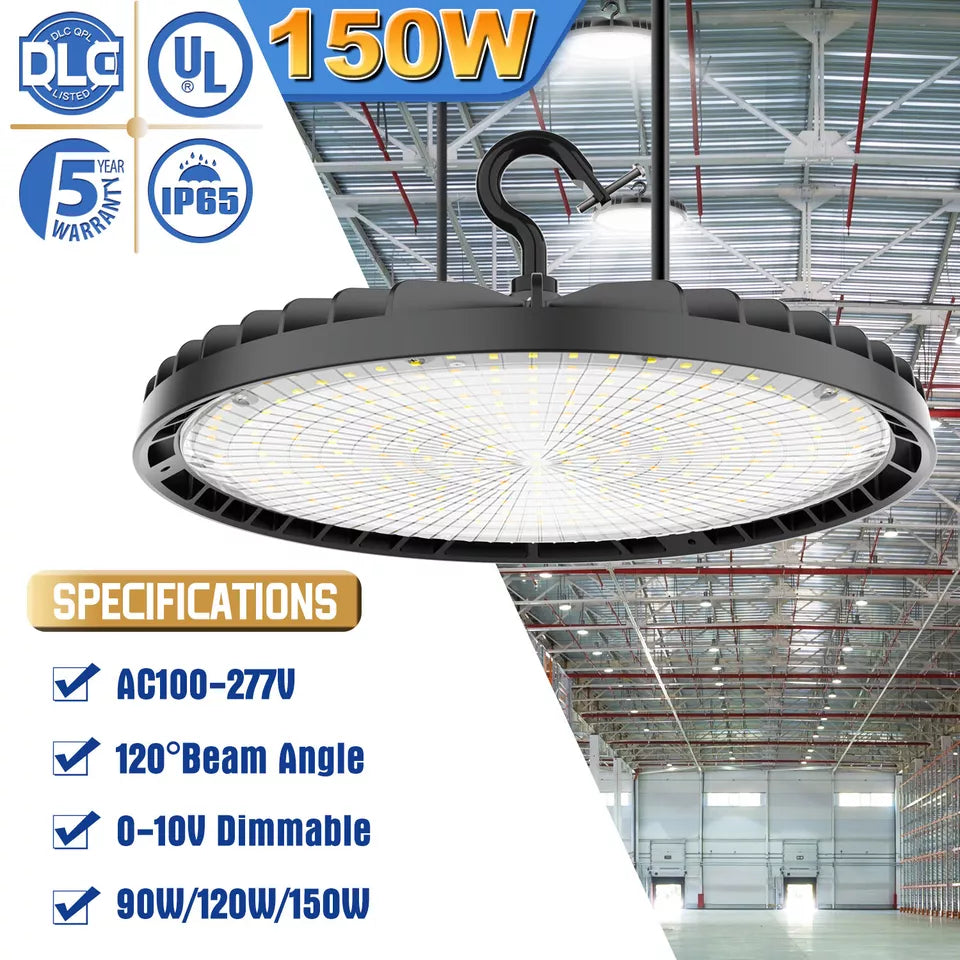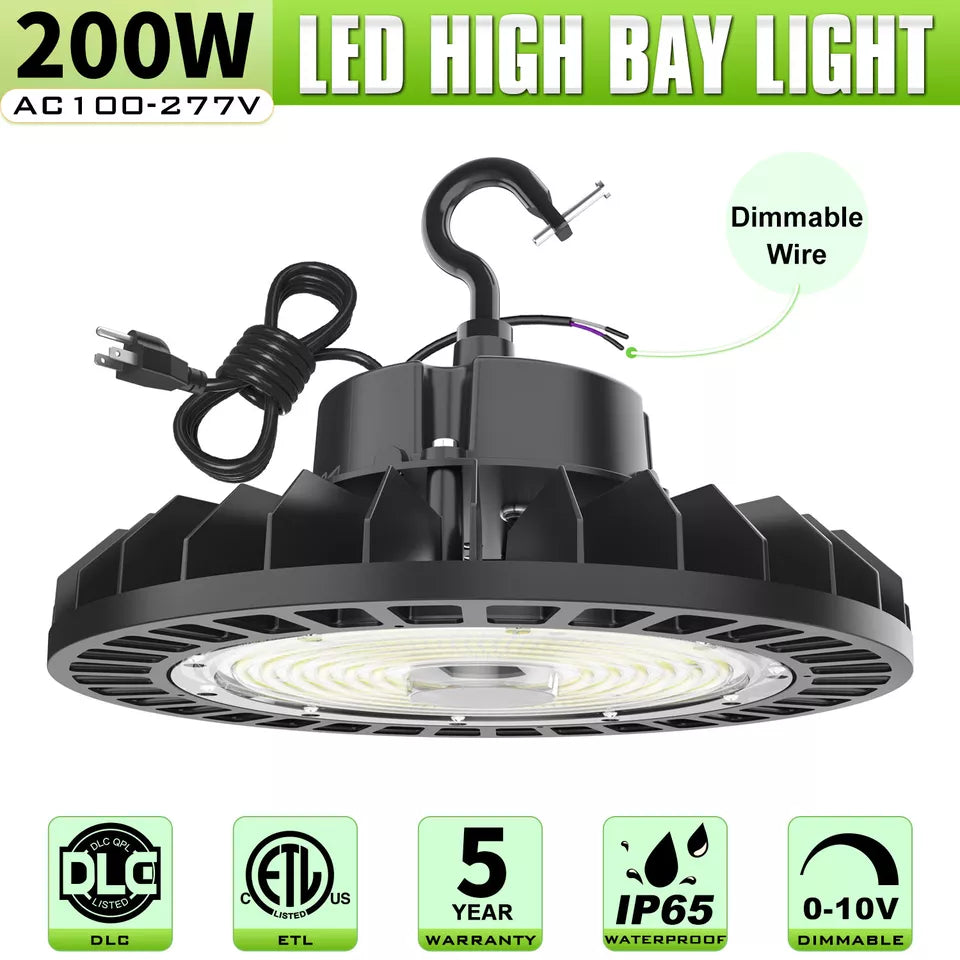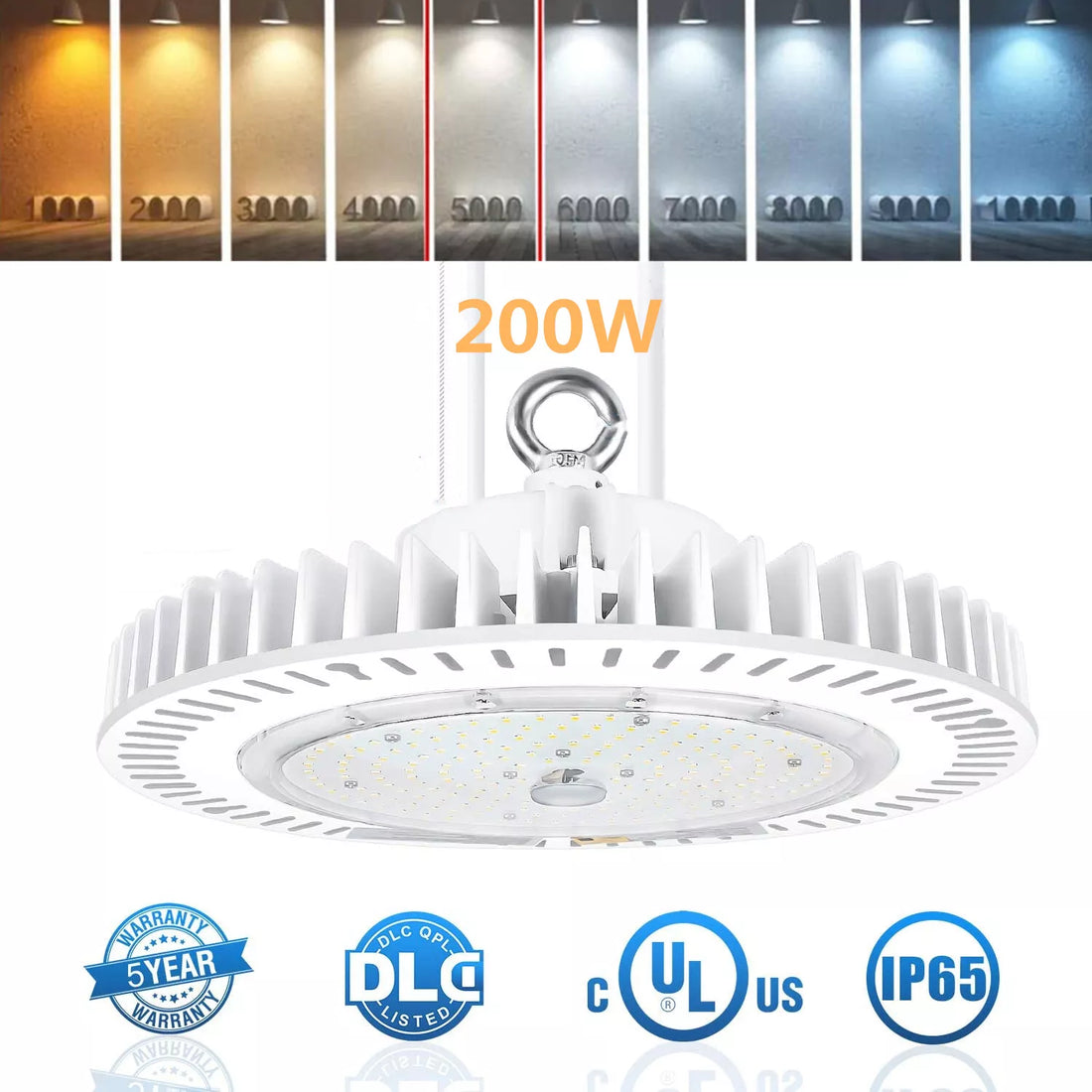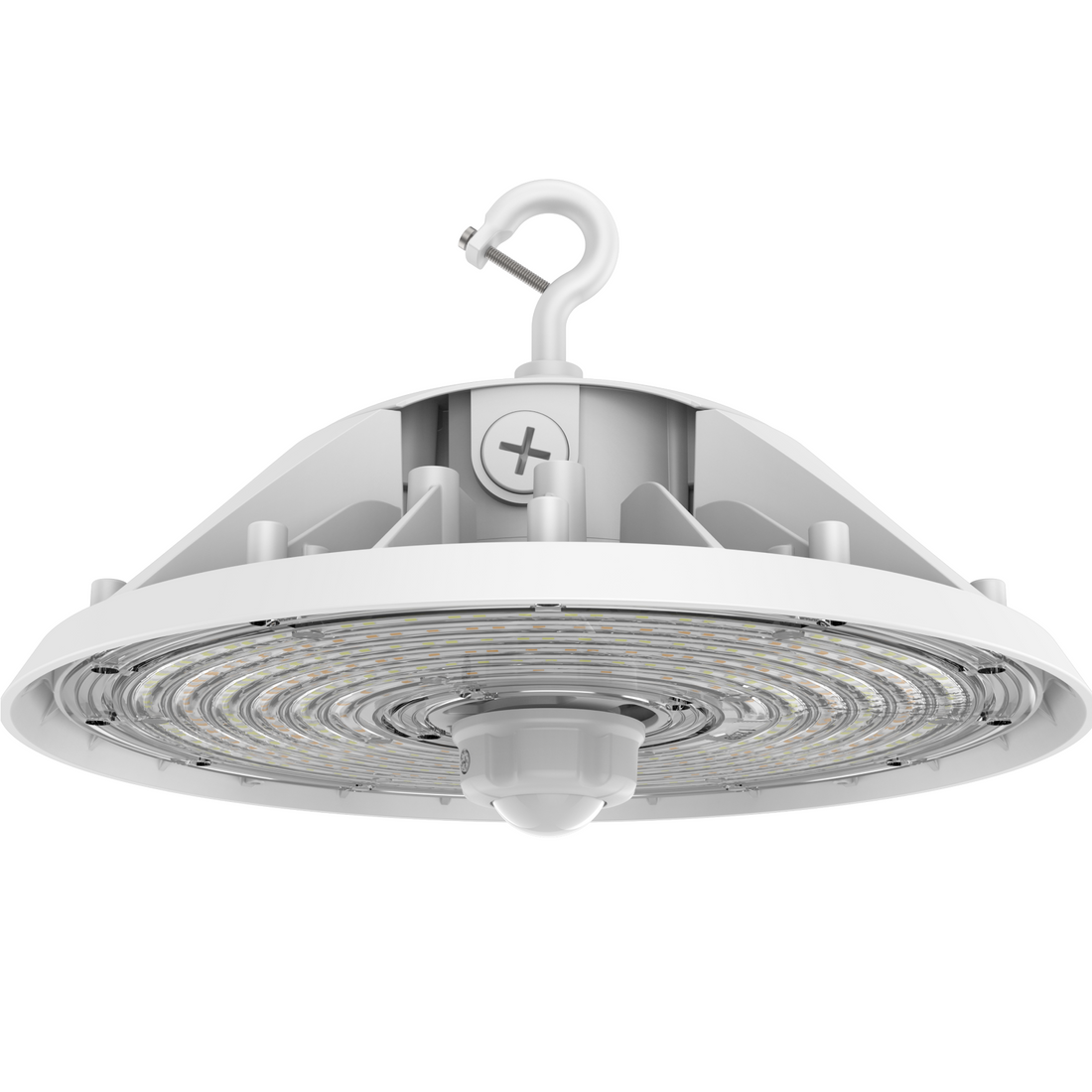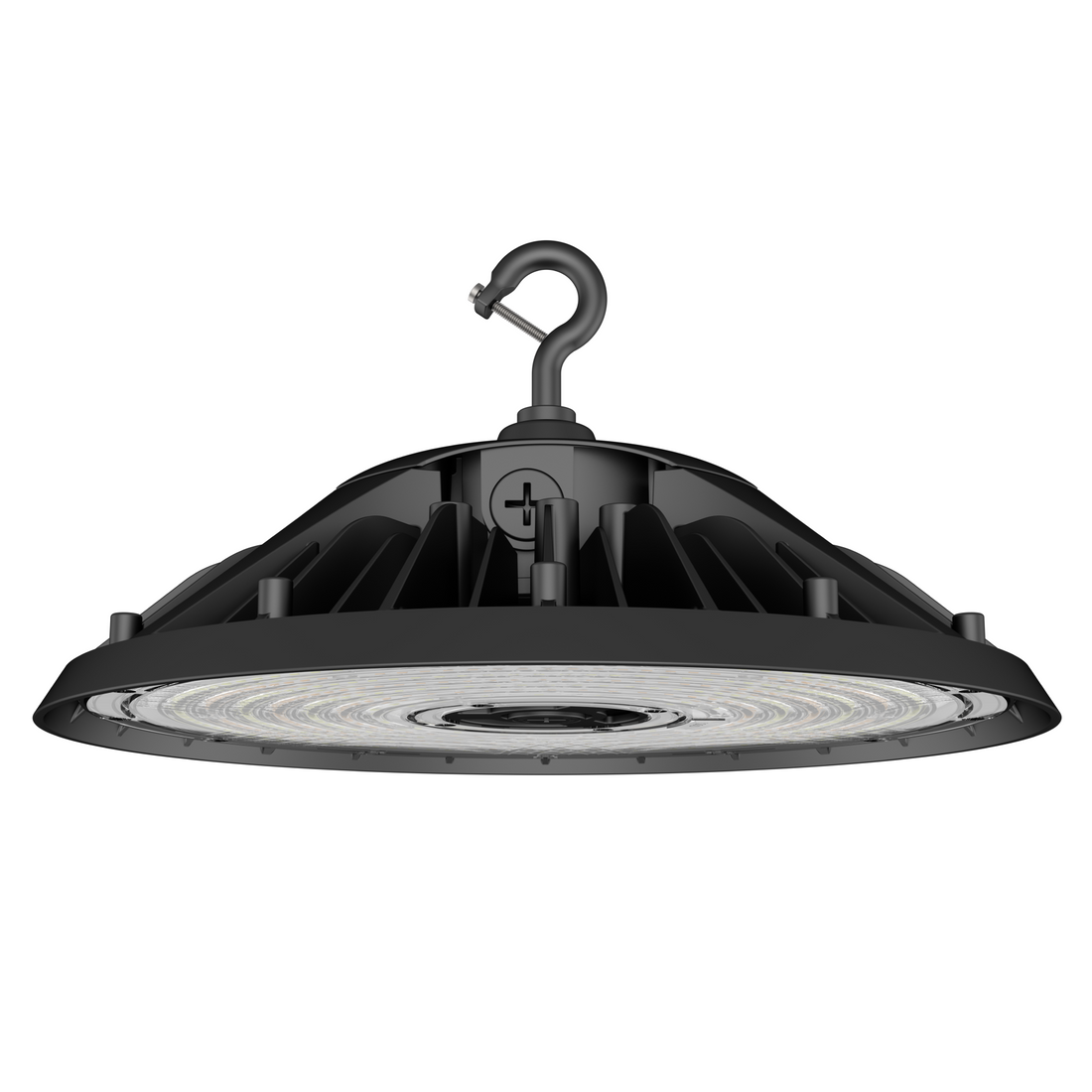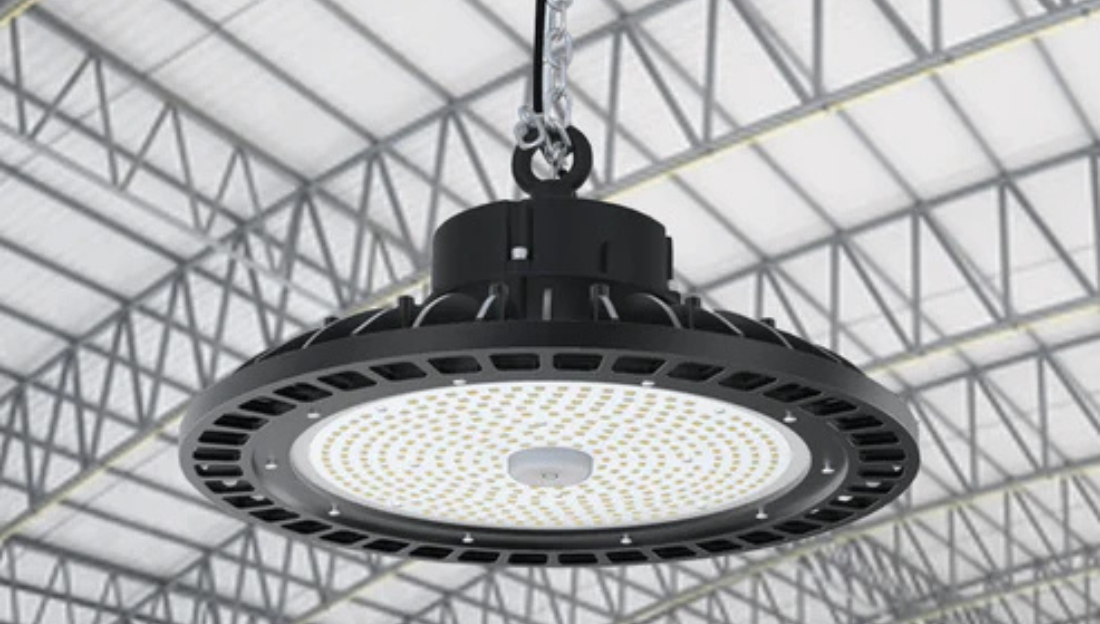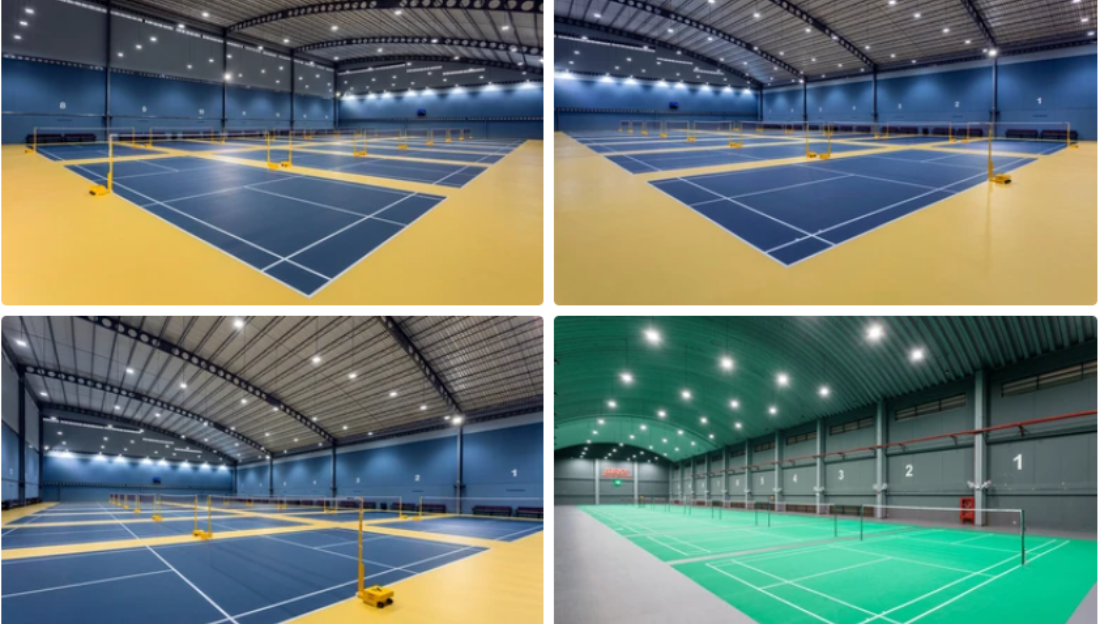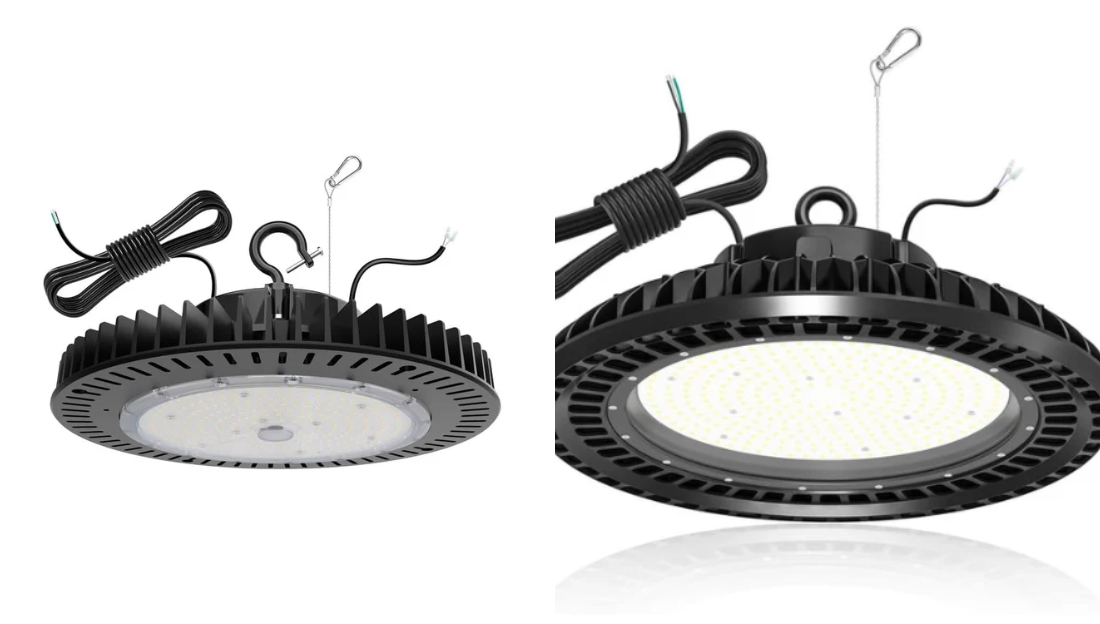Index
- Introduction
- Do High Bay LED Lights Generate Heat?
- How Do LEDs Manage Heat?
- Comparing LEDs with Other Lighting Technologies
- Factors That Affect LED Heat Generation
- Real-World Data: Heat Levels in High Bay LEDs
- Tips to Reduce Heat Build-Up in High Bay LEDs
- FAQs
- Conclusion
1. Introduction
High bay LED lights have become a popular choice for warehouses, factories, gymnasiums, and other high-ceiling spaces. But one common question remains: Do high bay LED lights get hot?
In this blog, we will uncover the truth about LED heat generation, compare it with other lighting options, and provide practical tips to keep your LEDs running efficiently.
2. Do High Bay LED Lights Generate Heat?
Yes, high bay LED lights do generate some heat, but significantly less than traditional lighting technologies like metal halide, fluorescent, or incandescent bulbs. The reason? LEDs are much more energy-efficient, converting a higher percentage of electricity into light rather than wasted heat.
Key Fact:
- Traditional incandescent bulbs convert 90% of their energy into heat and only 10% into light.
- LEDs, on the other hand, convert 80-90% of their energy into light and only 10-20% into heat.
3. How Do LEDs Manage Heat?
Unlike conventional bulbs that use filaments to generate light (which produces high temperatures), LEDs operate using semiconductors. However, even LEDs produce some heat, and this heat needs to be managed properly.
Heat Dissipation Methods in LEDs:
- Heat Sinks – High bay LEDs have aluminum heat sinks that absorb and dissipate heat efficiently.
- Thermal Management Systems – Some LEDs come with built-in fans or active cooling mechanisms.
- Proper Housing Design – Well-ventilated fixture designs help improve airflow and cooling.
4. Comparing LEDs with Other Lighting Technologies
| Lighting Type | Heat Output | Efficiency (Lumens/Watt) | Lifespan |
|---|---|---|---|
| Incandescent | Very High (Hot to touch) | 10-17 lm/W | ~1,000 hours |
| Halogen | High (Generates significant heat) | 15-20 lm/W | ~2,000 hours |
| Fluorescent | Moderate (Contains mercury vapor) | 50-100 lm/W | ~10,000 hours |
| Metal Halide | High (Requires external cooling) | 75-125 lm/W | ~15,000 hours |
| LED (High Bay) | Low (Effective heat dissipation) | 100-150 lm/W | 50,000+ hours |
Key Takeaway:
- High bay LEDs generate far less heat than metal halide or incandescent bulbs, making them a safer, more efficient lighting choice.

5. Factors That Affect LED Heat Generation
Several factors can influence how much heat a high bay LED light produces:
- Wattage – Higher wattage LEDs may produce more heat, but still less than traditional bulbs.
- Quality of Components – Poor-quality LED chips and drivers can overheat easily.
- Environmental Conditions – High ambient temperatures and poor ventilation can make LED fixtures hotter.
- Fixture Design – Good heat dissipation materials (like aluminum) improve cooling.
- Usage Duration – LEDs running for extended hours may accumulate some heat but remain much cooler than other lights.
6. Real-World Data: Heat Levels in High Bay LEDs
Studies have shown that a 100W LED high bay light produces an external temperature of about 50-60°C (122-140°F), whereas a 400W metal halide can exceed 200°C (392°F).
Thermal Imaging Study:
A test comparing LED vs. metal halide in a warehouse found:
- LED high bay light (150W) – Surface temperature: 55°C (131°F)
- Metal Halide (400W) – Surface temperature: 220°C (428°F)
What This Means:
- LEDs are safer to touch and do not create overheating risks.
- They reduce cooling costs in large spaces, unlike metal halide or incandescent lights.
7. Tips to Reduce Heat Build-Up in High Bay LEDs
While LEDs are already energy-efficient, you can further reduce heat generation with these tips:
1. Choose High-Quality Fixtures
- Look for well-ventilated high bay LED designs.
- Opt for trusted brands with proper thermal management.
2. Maintain Proper Ventilation
- Ensure that your warehouse or factory has proper airflow.
- Use exhaust fans or HVAC systems to keep temperatures in check.
3. Avoid Overloading Circuits
- Use the right wattage for your space.
- Higher wattage LEDs may need dedicated circuits to prevent overheating.
4. Clean Fixtures Regularly
- Dust and dirt can block heat dissipation.
- Wipe LED lights periodically to maintain cooling efficiency.
5. Install LED Dimmers or Motion Sensors
- Reduce LED intensity when full brightness isn't needed.
- Motion sensors can cut down unnecessary runtime, reducing heat output.
8. FAQs
Q1: Can you touch a high bay LED light while it's on?
Yes, in most cases, high bay LED lights remain cool enough to touch, though the heat sink may feel warm.
Q2: Why do some LED lights overheat?
Poor-quality components, improper installation, or lack of ventilation can cause LEDs to overheat.
Q3: Do LED lights get hotter the longer they run?
Yes, but only to a limited extent. They stabilize at a much lower temperature compared to metal halide or incandescent bulbs.
Q4: Will high bay LEDs reduce my energy bill?
Absolutely! LEDs use 50-80% less energy than traditional bulbs and generate less heat, reducing cooling costs.
Q5: What’s the best way to cool high bay LED lights?
Ensure they are installed in a ventilated area, use motion sensors, and regularly clean the fixtures.
9. Conclusion
High bay LED lights do generate some heat, but far less than traditional lighting options like metal halide or incandescent bulbs. Thanks to their efficient thermal management and low heat output, they are an ideal choice for warehouses, factories, and large commercial spaces.
By choosing high-quality LEDs, ensuring proper ventilation, and maintaining them well, you can maximize their efficiency while keeping heat generation minimal.



